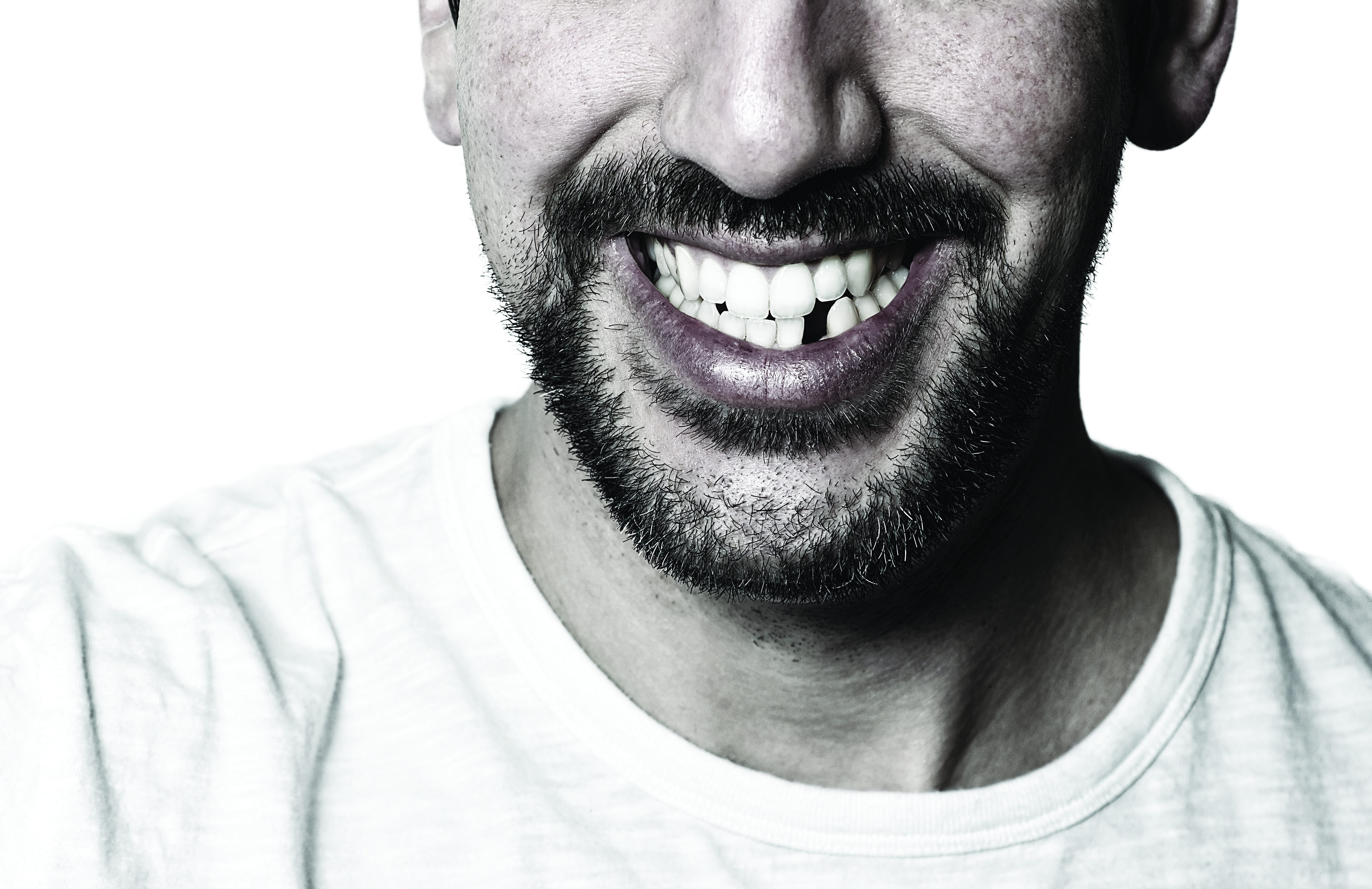
Despite constant improvements in dental care, millions of people suffer tooth loss every year mostly due to gum diseases or an injury. The most obvious effect of missing teeth is aesthetic. But that is probably the least of all effects, it’s not just about unsightly gaps; loss of tooth can affect function, health, and facial aesthetics. Teeth make hundreds of fleeting contacts with each other throughout the day. These small stresses are transmitted through the periodontal ligament that hold each tooth in its socket, prompting the bone to remodel and rebuild continually.
When a tooth is lost, the lack of stimulation causes loss of bone. Gum tissue also gradually recedes around the area of tooth loss. Over a period of time, this will impact the ability to chew and to speak. The more, the number of teeth missing in action, the more function is lost.
Missing teeth can lead to drifting of neighbouring teeth, whereby the adjacent teeth lean over into the empty space where the teeth have been lost. Also it can lead to shifting of opposing teeth as they drift down into the open space (supra-erupt).
Our teeth have a constant tendency to move both towards the front of our mouths and towards the opposing jaw, unless they are stopped by something in their way, usually the adjacent or opposing teeth. Loss of teeth allows this to proceed.
As teeth drift, they create discrepancies in the height and contours of the gum tissue that make the adjacent teeth prone to periodontal disease and/or dental decay from accumulation of food and plaque and difficulty in cleaning these areas.
Therefore it is very important to restore the missing spaces by any of the following methods:
Removable options — Removable tooth replacement include plastic “flippers” (simple, temporary in nature and relatively inexpensive dentures) or the precision made metal based partial dentures, which are more expensive. Both can replace individual or groups of teeth. Only problem with them is that they may cause periodontal (gum) disease and hasten the loss of bone and teeth through pressure transmitted through the gums upon which they rest.
Fixed bridges — They are non-removable prostheses which are attached to the natural teeth. They act by joining other teeth together with a false tooth or teeth between them thereby “bridging” the gap. They are the most commonly selected option. They may last for 15 years or more before requiring any replacement.
The limitation of this form of treatment has to do with the irreversible preparation of the adjacent teeth for support. They require lot of maintenance. If not well maintained, the adjoining teeth can act as reservoirs for bacteria and can decay.
Implants
A dental implant is an artificial root made of titanium metal. It is inserted into the jawbone to replace the root of the natural tooth and an artificial tooth is attached to this titanium root. Implants provide a very strong foundation.
There are many advantages to dental implants, including:
They look and feel like your own teeth. And because they are designed to fuse with bone, they become permanent. Dental implants allow you to speak without the worry that the artificial teeth might fall or slip. Implants eliminate the discomfort of removable dentures. Since the foundations of implants are strong they function like your own teeth, allowing you to eat your favourite foods with confidence and without pain. Nearby teeth are not touched to support the implant, improving long-term oral health. They are easy to floss and clean, improving oral hygiene.
Implants are very durable and with good care, many implants last a lifetime. Dental implants eliminate the embarrassing inconvenience of removing dentures, as well as the need for messy adhesives to keep them in place. [email protected]
Dr Richa Raj is a practising dental surgeon
at Pearly White Dental Centre, Al Khuwair. For any queries call at +968 9705 2624
or mail at [email protected]